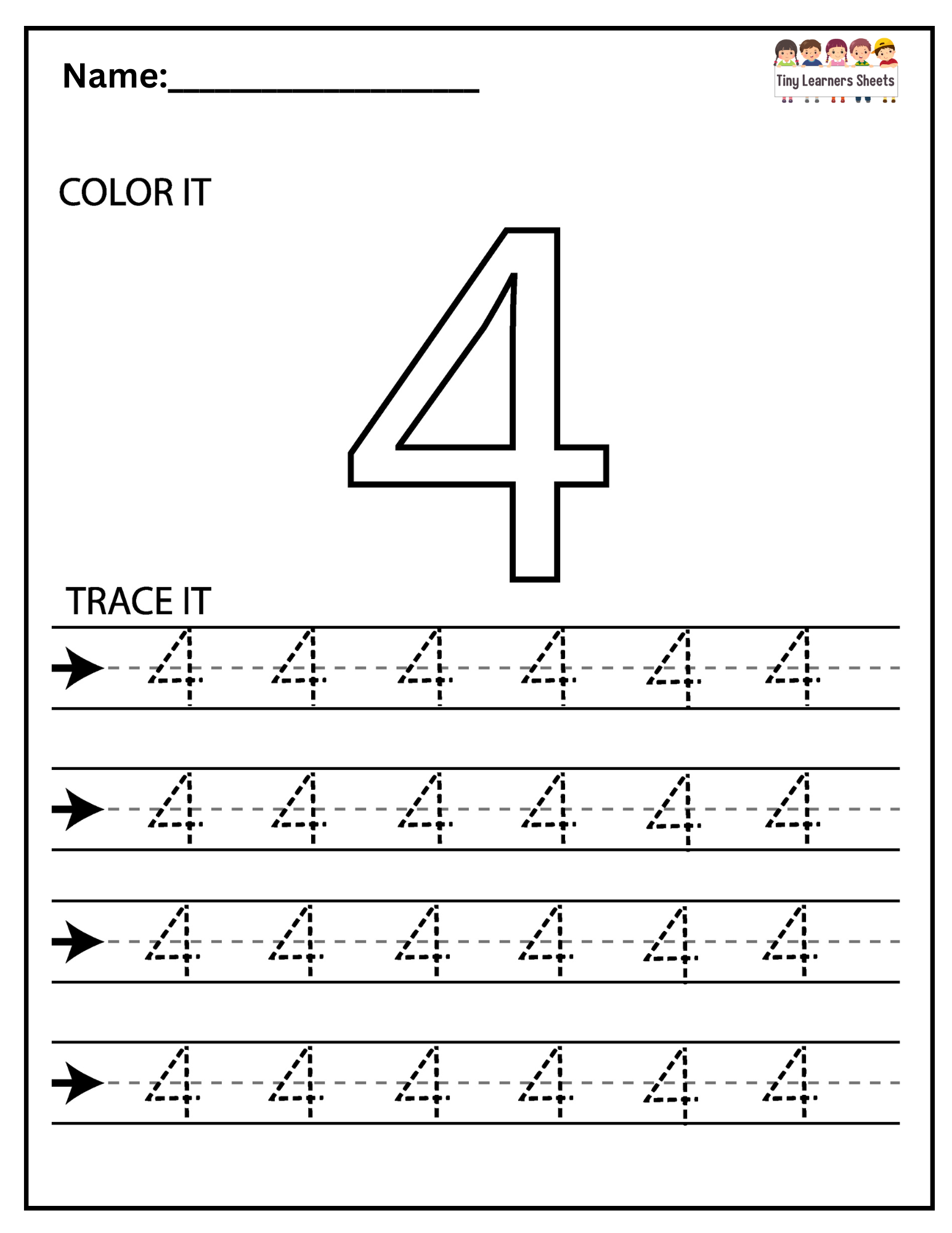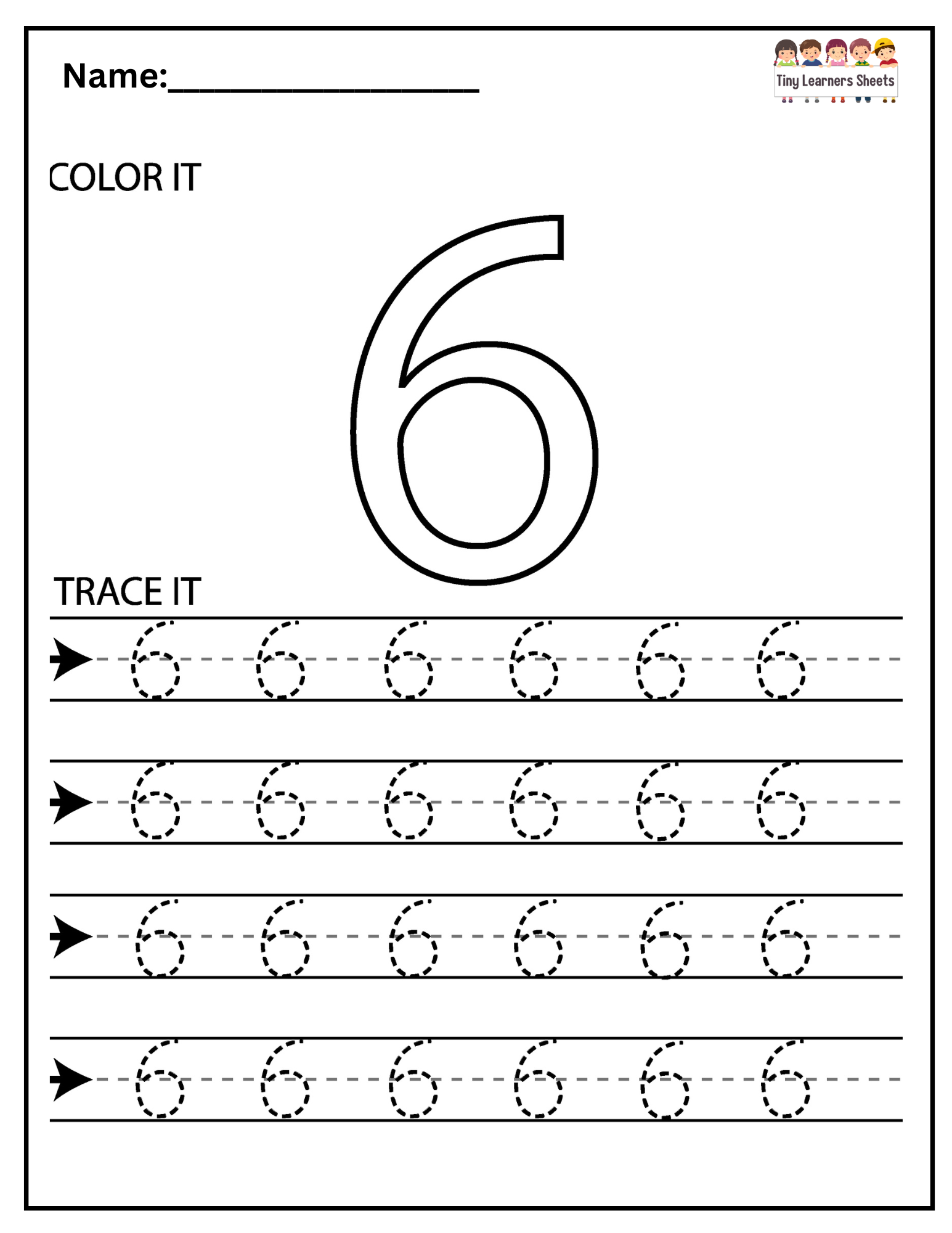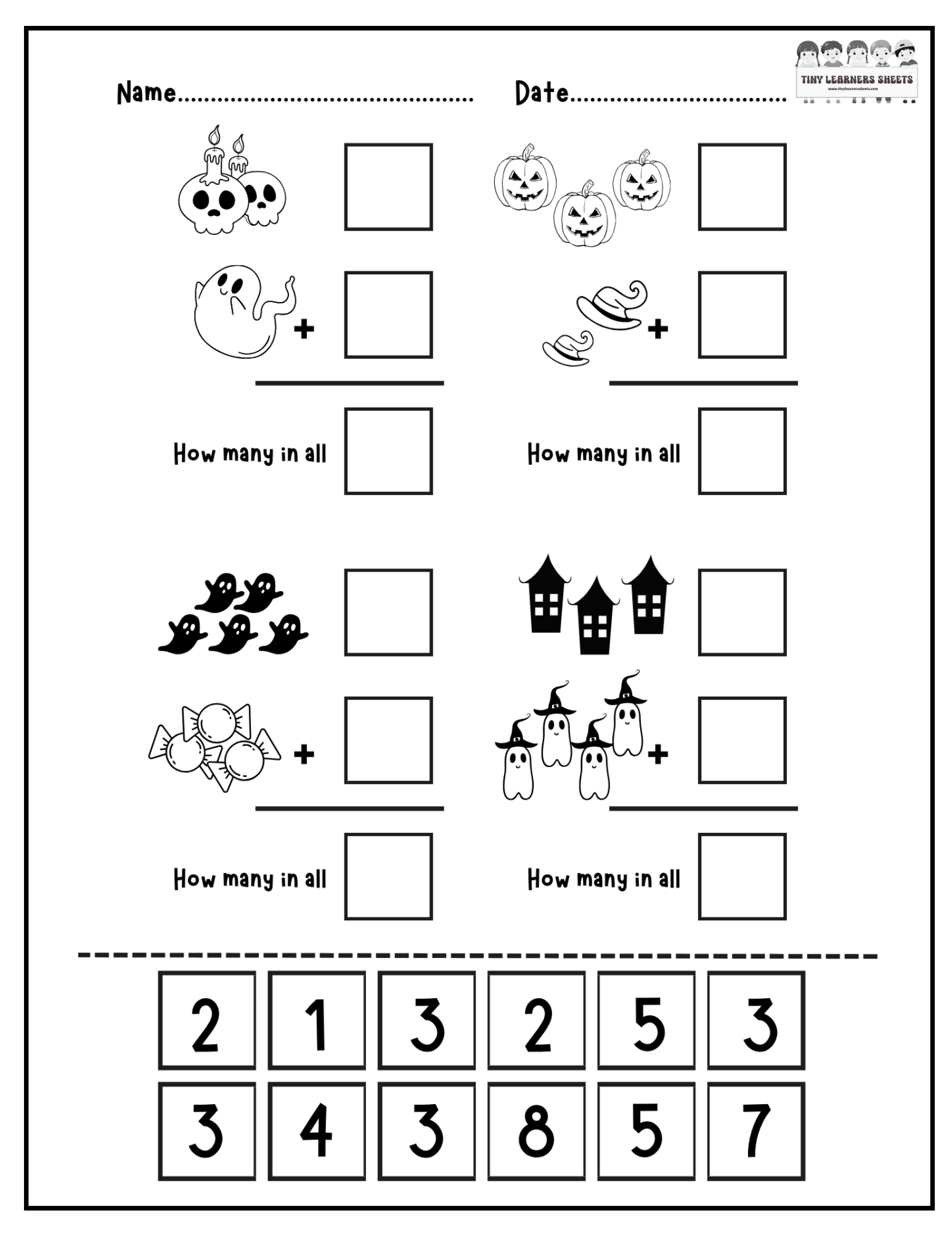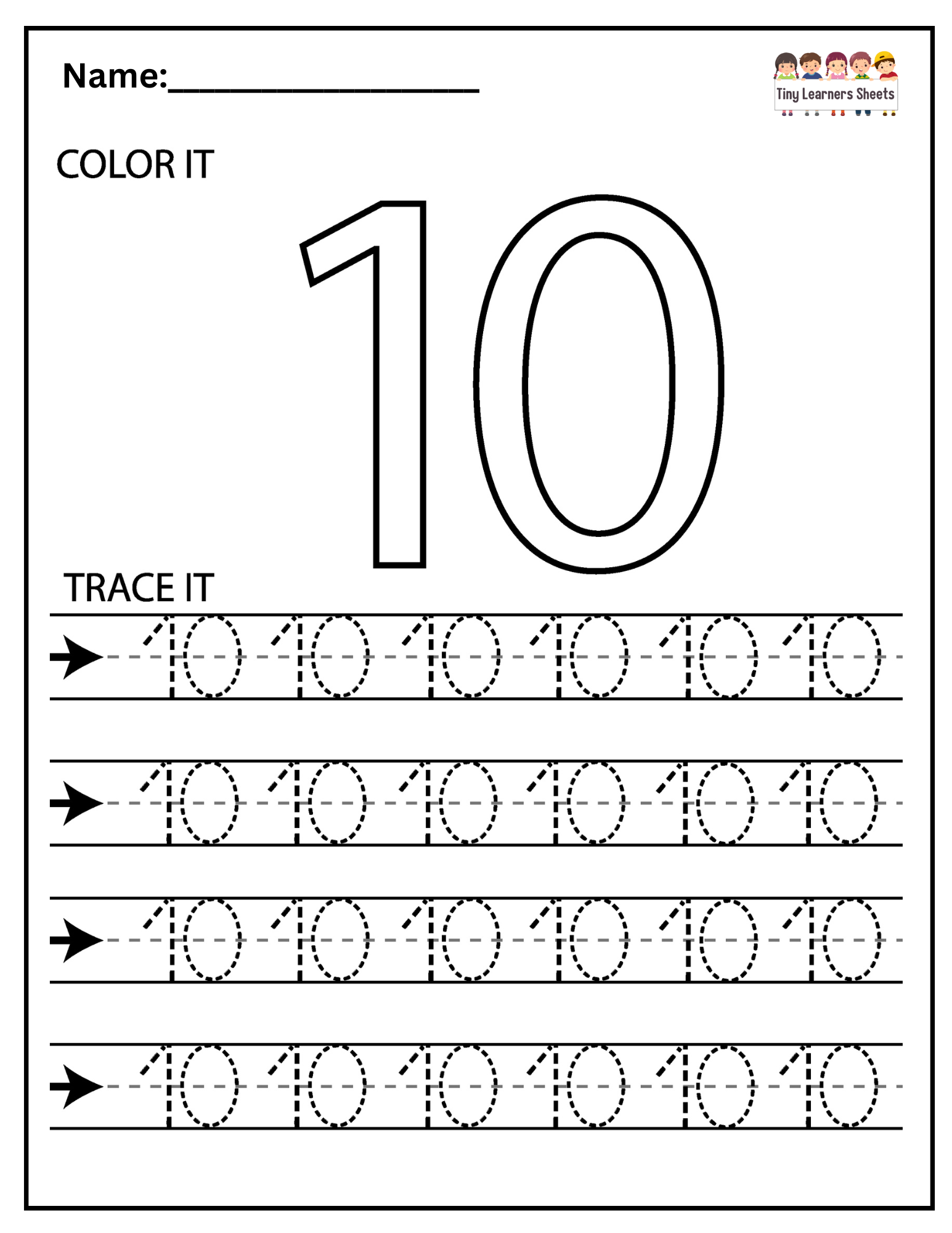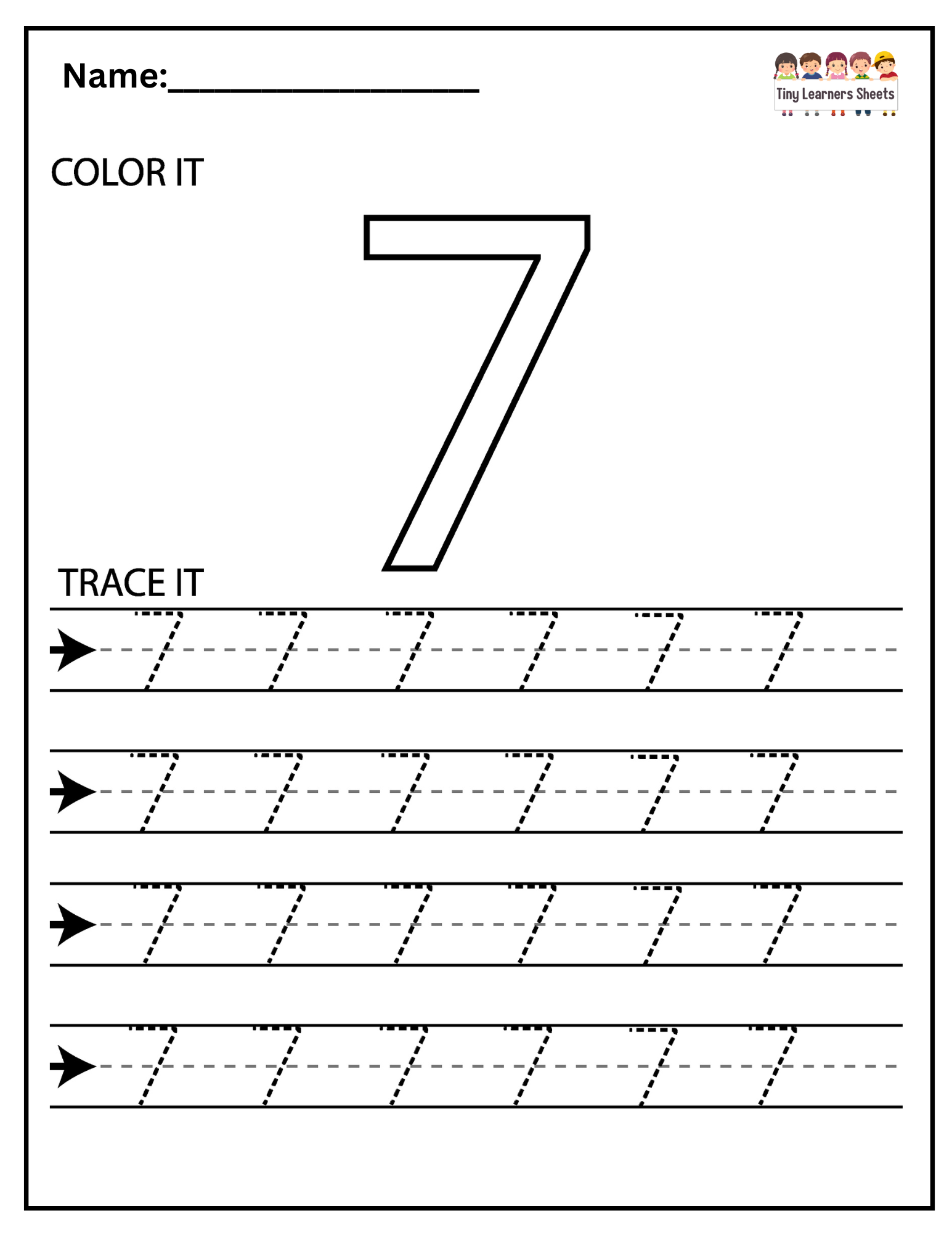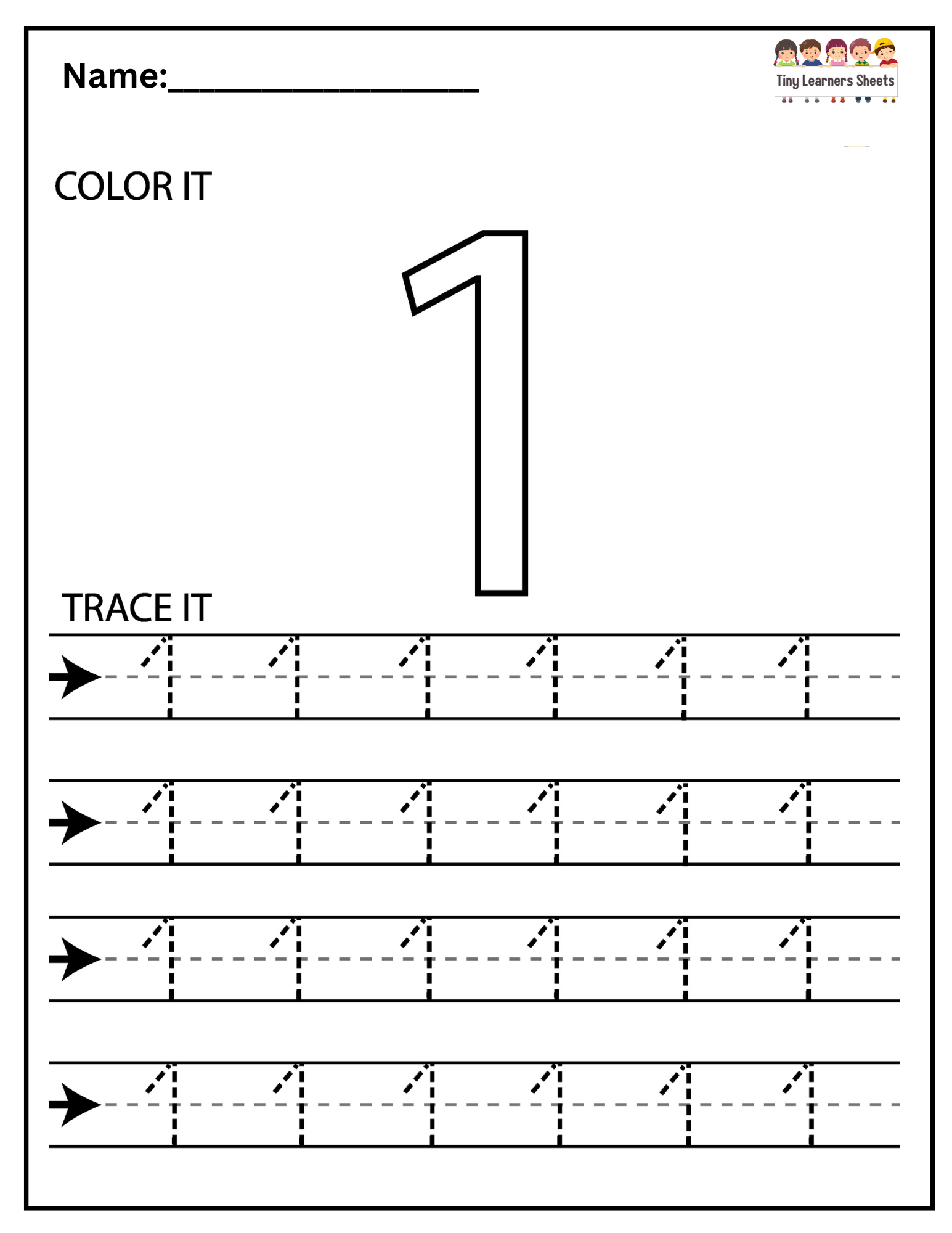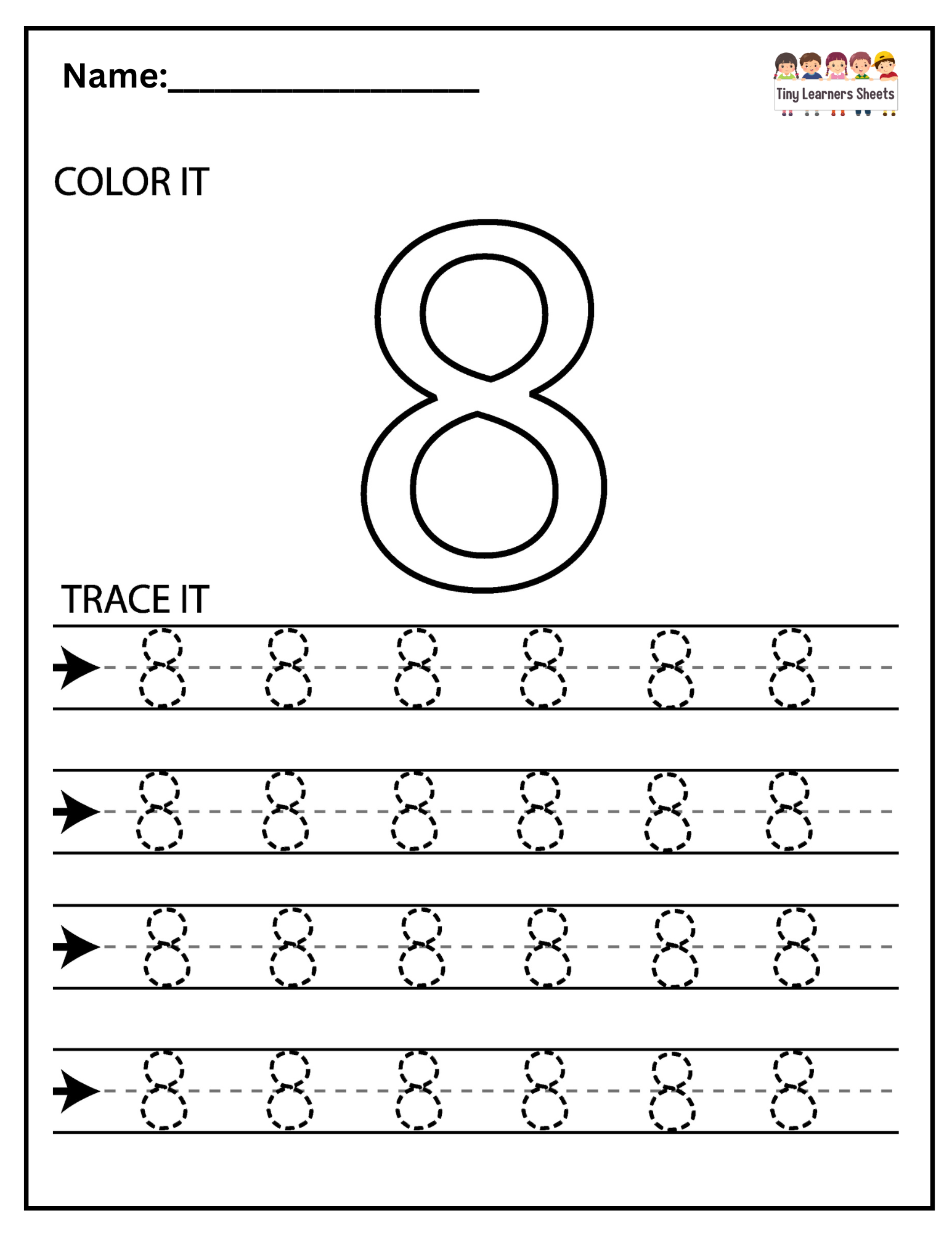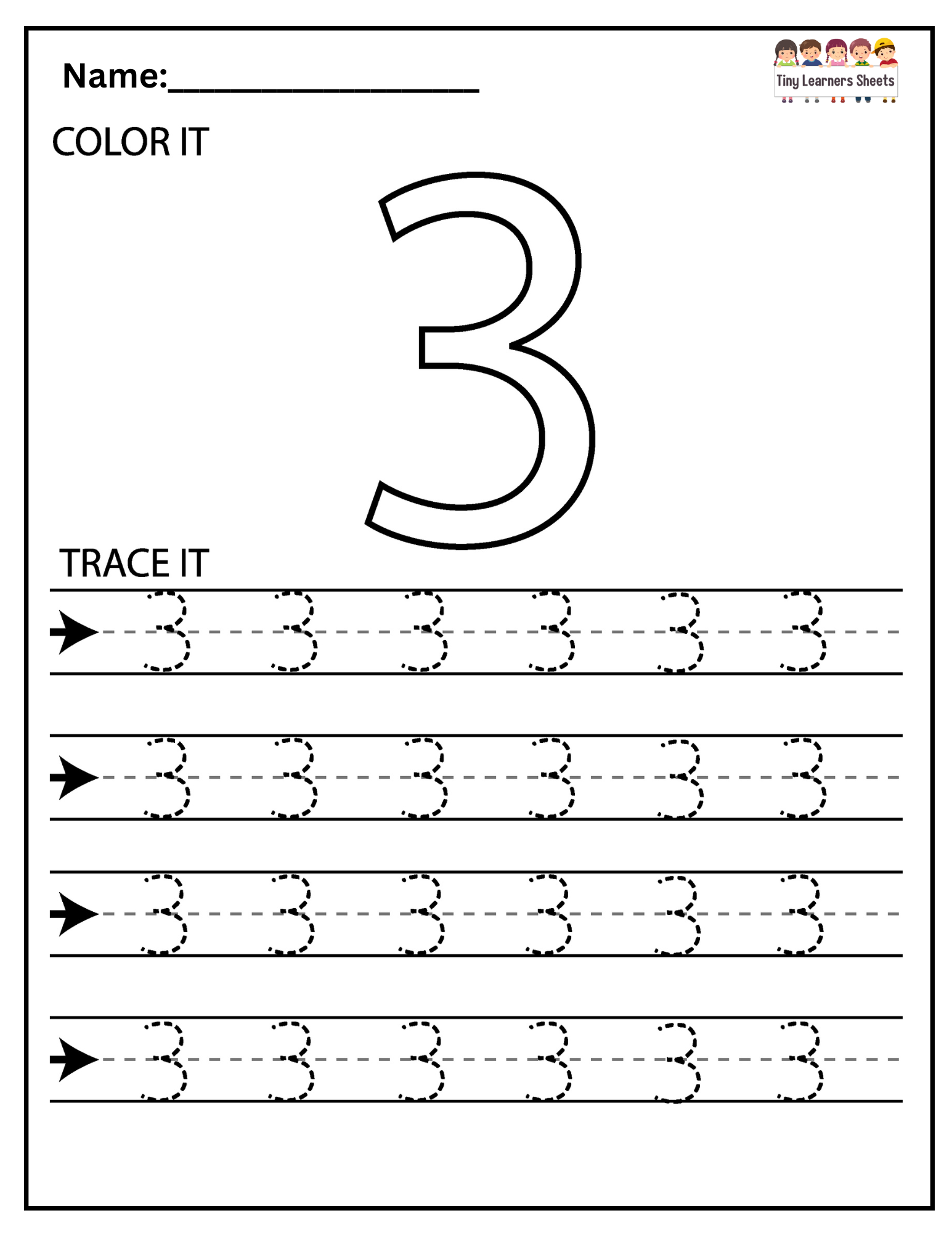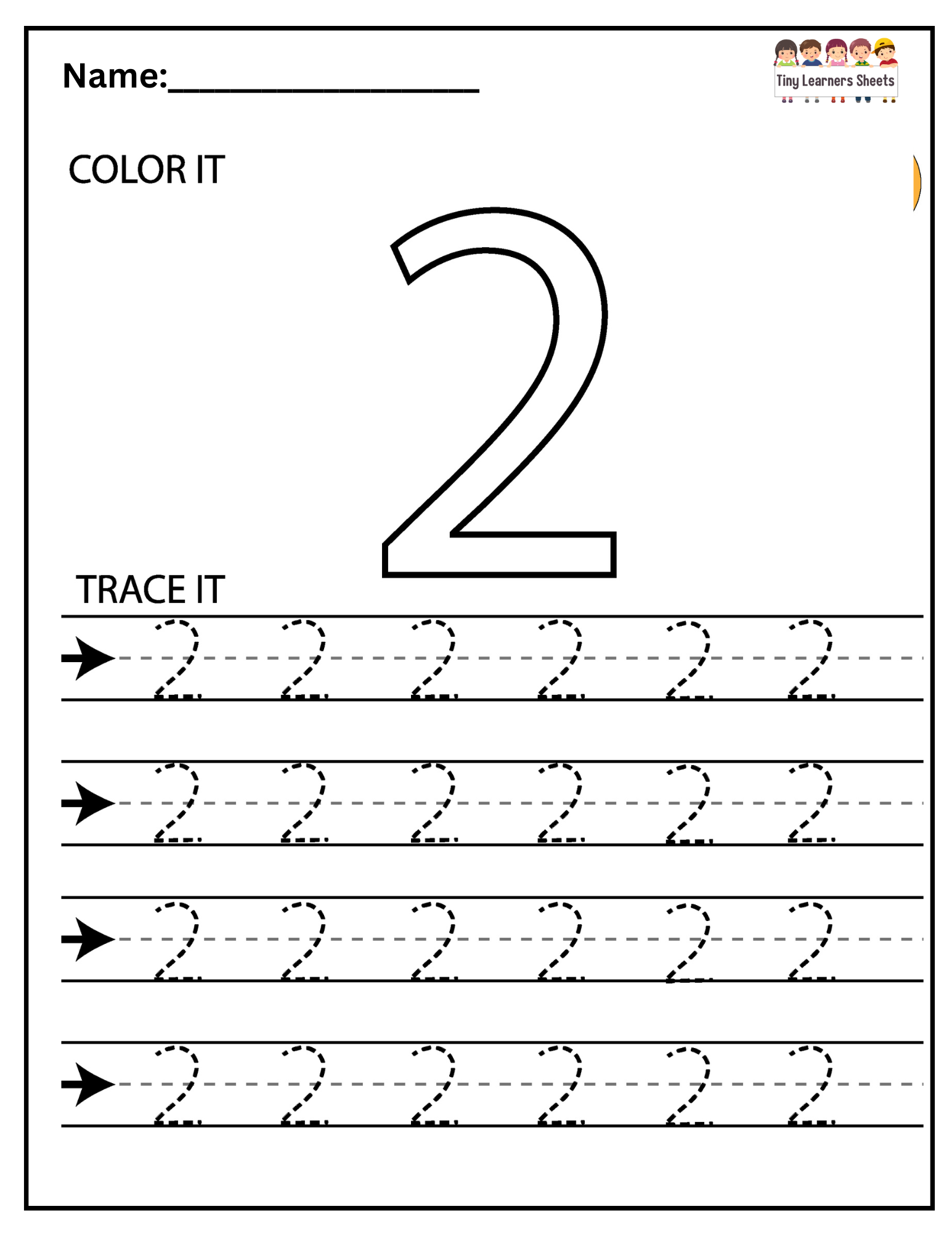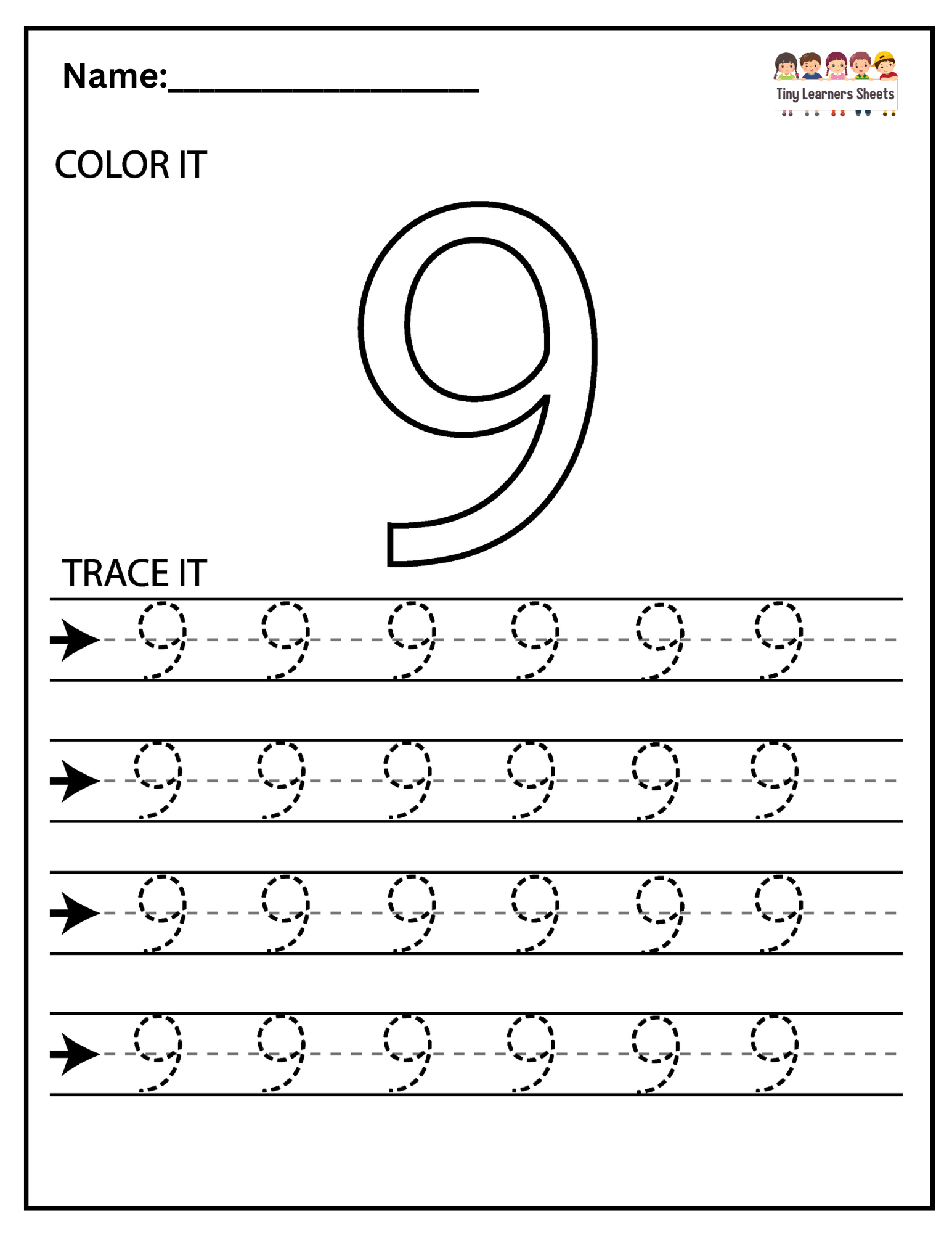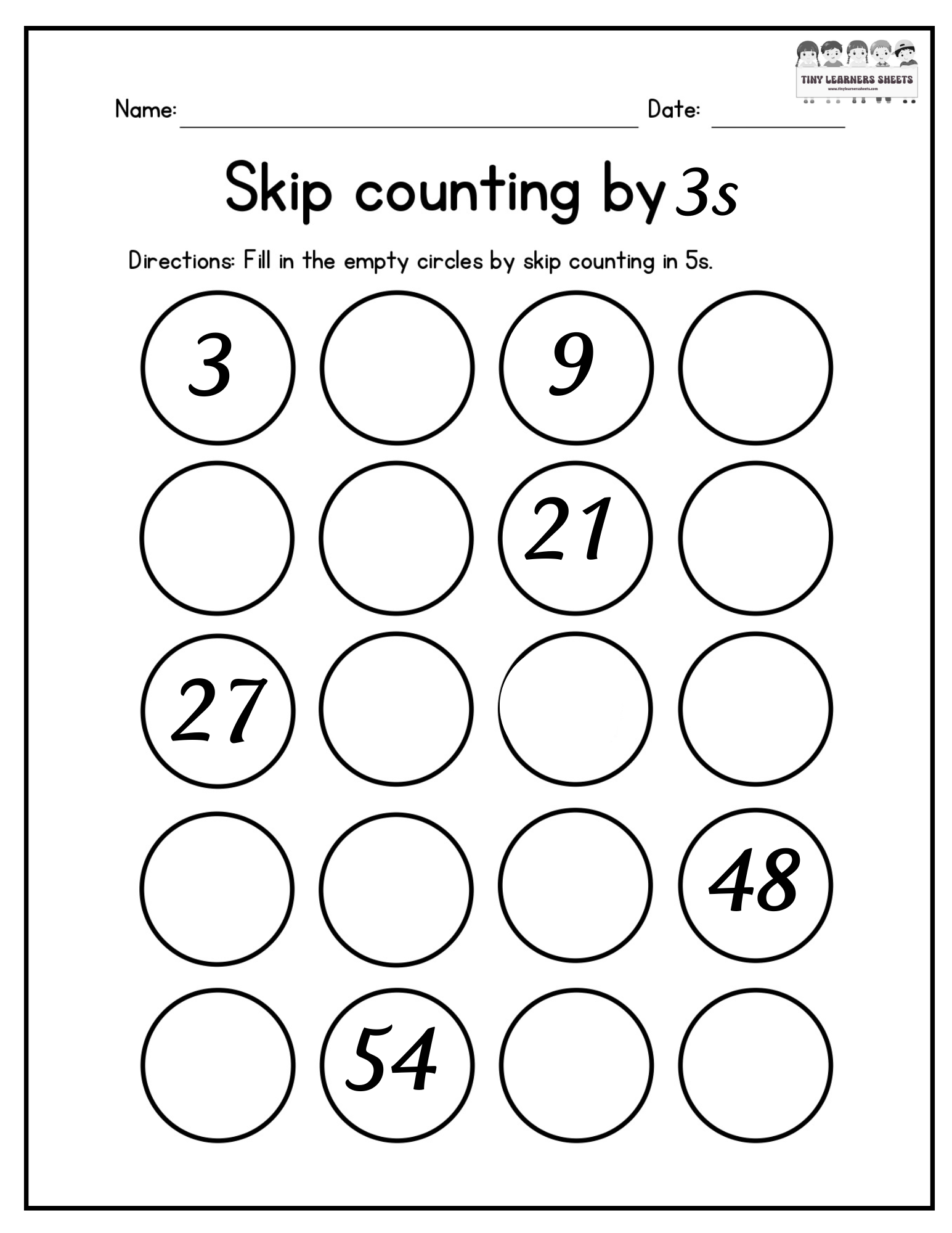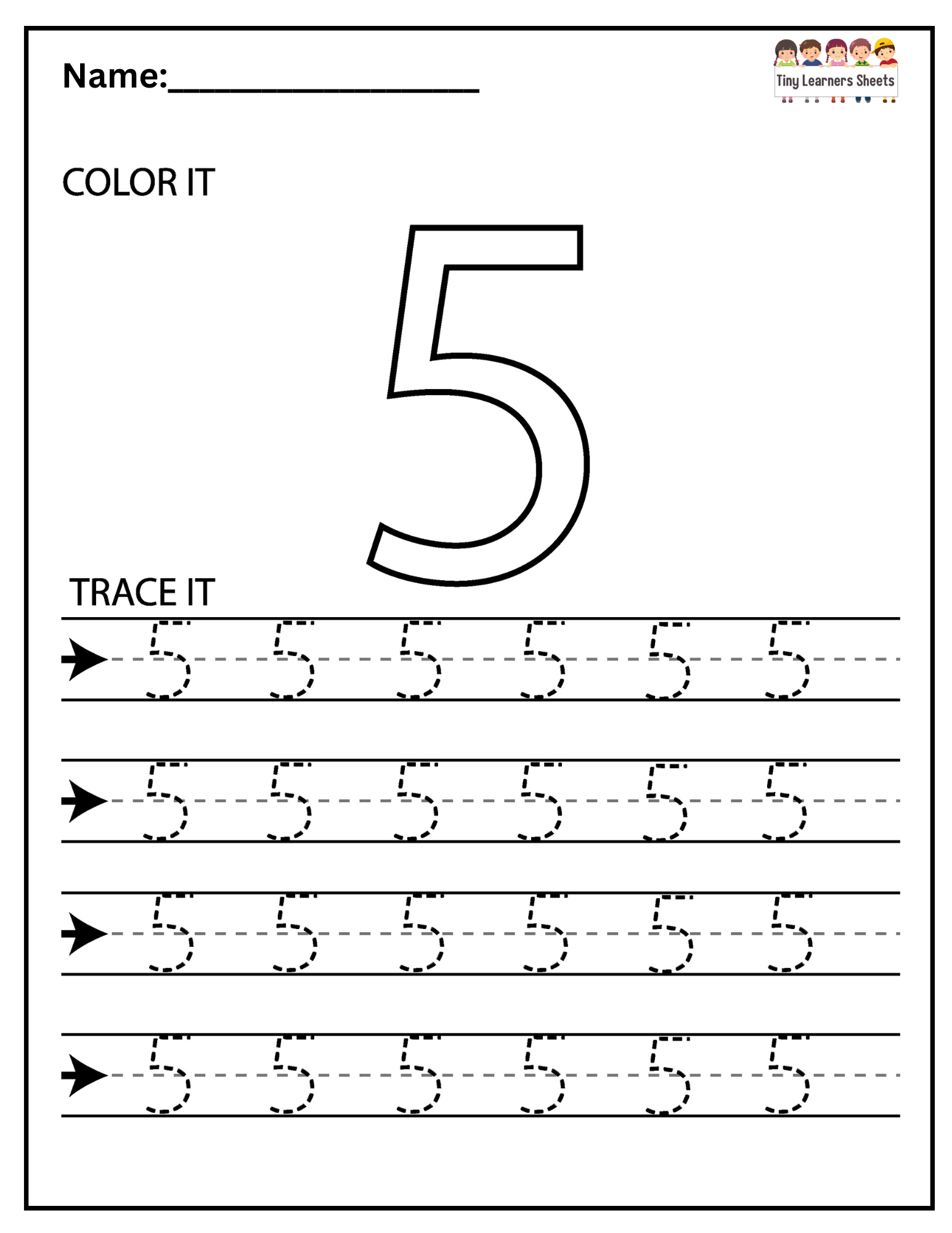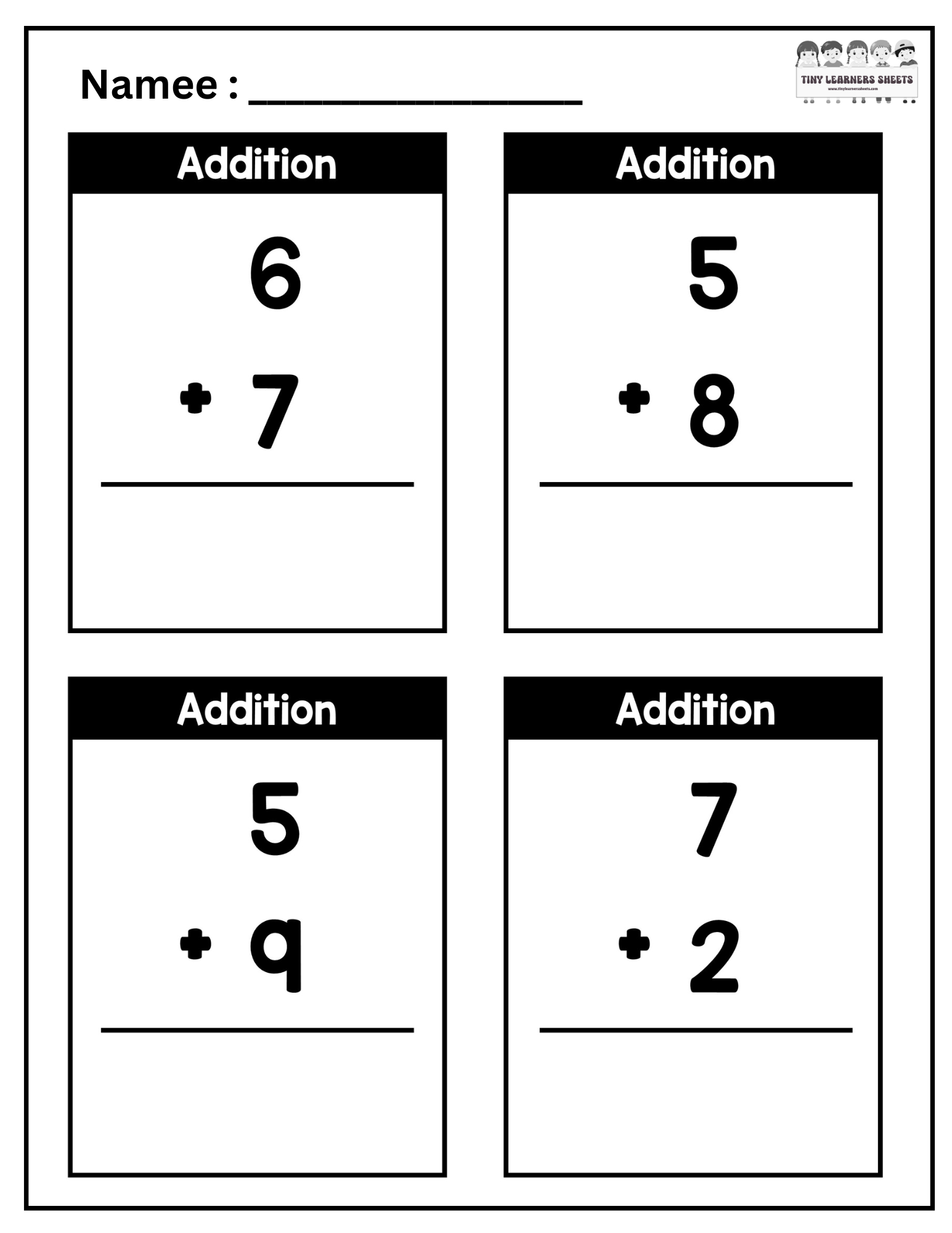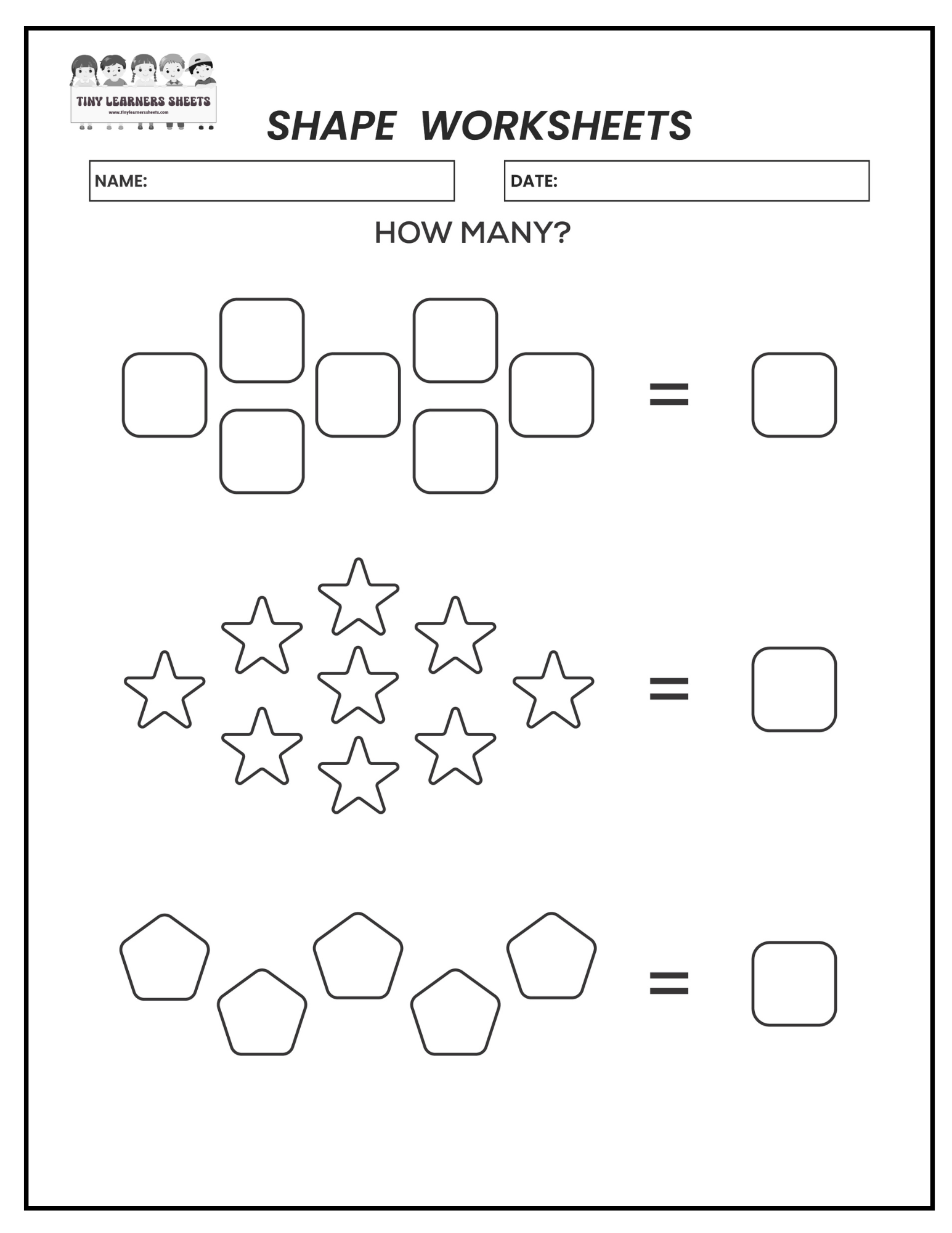Skip Counting By 5 Worksheet
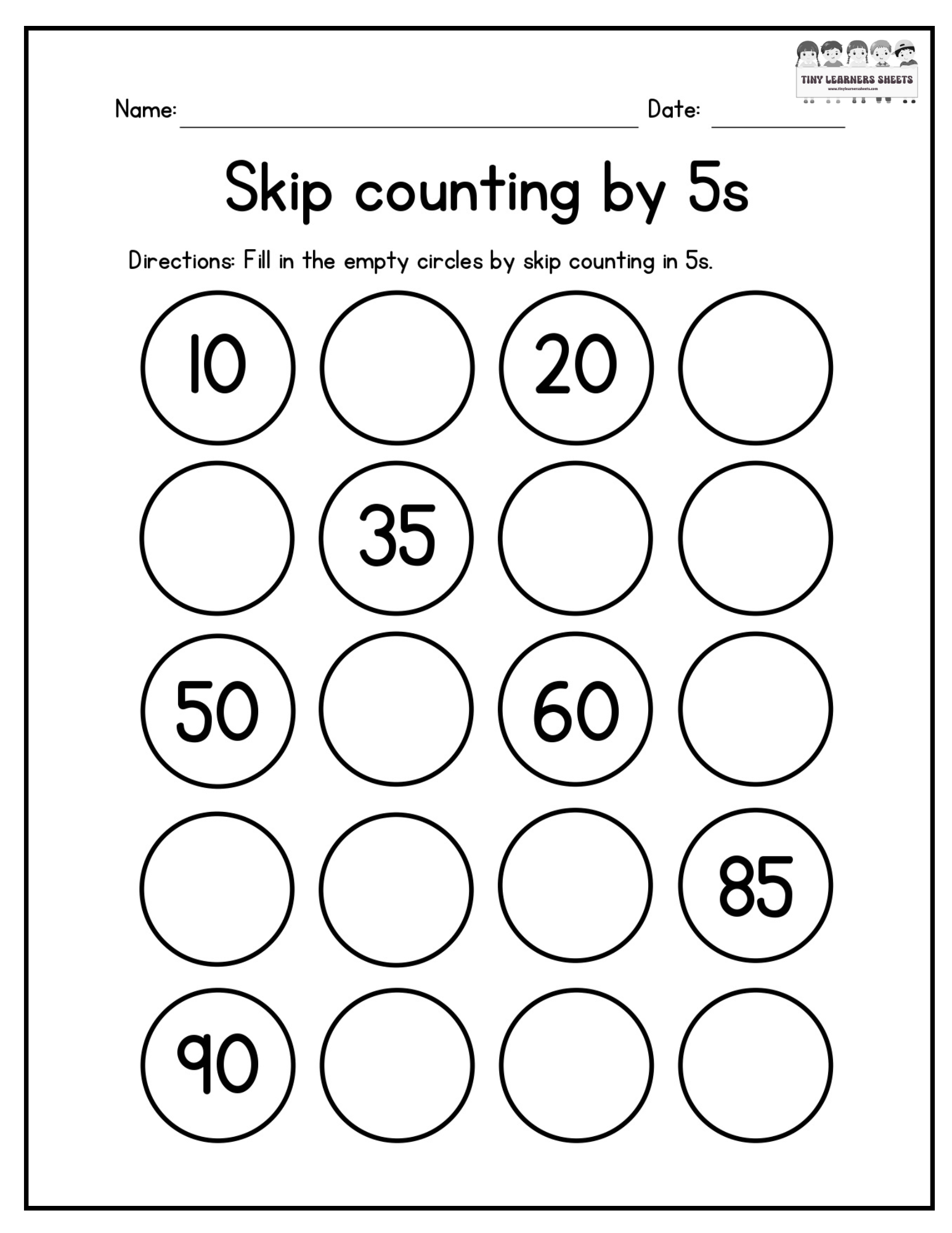
Learning to count is one of the foundational skills in early math education, and "skip counting" is a great way to strengthen this knowledge while building upon basic addition and multiplication skills. Skip counting by 5s is a practical math skill that lays the groundwork for understanding multiplication, time-telling, and money concepts. This skip-counting worksheet provides a fun and engaging way for young learners to practice counting by 5s up to 100.
Why Skip Counting by 5s?
Skip counting by 5s is an essential math skill for several reasons:
- Multiplication Readiness: Counting by 5s helps children begin to understand multiplication concepts. When kids can skip count, they're essentially practicing repeated addition, making it easier to learn and understand multiplication in later grades.
- Number Sequencing: This exercise helps reinforce number sequencing and patterns, encouraging students to see the logical progression of numbers.
- Practical Applications: Skip counting by 5s is helpful in daily life, such as when counting nickels, reading a clock, or even estimating amounts quickly. It’s a practical math skill that has a place in many real-world scenarios.
Worksheet Overview
This skip-counting worksheet is designed with a simple and intuitive layout to keep children focused on the task. It includes a series of blank circles, interspersed with numbered ones, to guide students in completing the sequence. Here’s how it works:
- Objective: Fill in the empty circles by skip counting in increments of 5, starting from 10 and going up to 100.
- Given Numbers: The worksheet provides numbers such as 10, 20, 35, 50, 60, 85, and 90 as starting points.
- Missing Numbers: The rest of the circles are left blank, encouraging students to practice skip counting by 5s to fill in the sequence correctly.
How to Use This Worksheet
This worksheet is ideal for both classroom and home learning environments. Here are some ideas for using it effectively:
- Independent Practice: Once students understand skip counting by 5s, they can use this worksheet independently to reinforce their learning. The given numbers serve as helpful hints, allowing them to identify and complete the sequence.
- Group Activity: Teachers can use this worksheet in small groups, where students take turns filling in the blanks. This not only makes the activity collaborative but also reinforces peer learning.
- Timed Challenge: To add a bit of excitement, try timing the activity. See how quickly students can accurately fill in the blanks, encouraging focus and speed in their counting.
Benefits of Skip Counting Worksheets
Worksheets like these offer multiple benefits:
- Fine Motor Skills: Writing numbers in each circle helps develop fine motor skills in young learners.
- Attention to Detail: The pattern-based nature of skip counting demands attention and precision, helping children stay focused.
- Boosts Confidence: Completing this worksheet successfully gives kids a sense of accomplishment, boosting their confidence in math.
Tips for Parents and Teachers
- Make it Visual: Use manipulatives like counters or small objects to illustrate skip counting by 5s before diving into the worksheet.
- Connect to Real Life: Relate skip counting by 5s to real-world scenarios like counting by 5-minute intervals on a clock or counting nickels.
- Praise Effort: Encourage students even if they make mistakes, emphasizing that practice will help them master the concept.
This skip-counting worksheet offers an excellent opportunity for young learners to practice counting by 5s in a fun and structured way. It builds foundational math skills and encourages pattern recognition, which is essential for more advanced mathematical concepts. By integrating worksheets like this into daily practice, teachers and parents can help students build a strong mathematical foundation, one step at a time.
.jpg)
